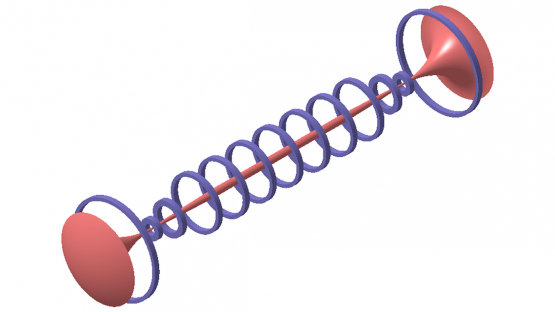In the area of nuclear fusion, the IAEA is announcing a new Coordinated Research Project (CRP) to expand upon the results of a previous project; that one lasted from 2012-2016. These projects deal with steady-state compact fusion neutron sources (CFNS), and the new one is set to last four years.
Fusion neutron sources have many important practical uses, such as assisting fission reactions, manufacturing medical isotopes, testing materials and components for use in future fusion reactors, and facilitating the production of various isotopes like tritium. All these applications can be potentially improved by achieving higher CFNS energy levels.
The earlier project investigated a wide range of power options for CFNS. It confirmed, based on reasonable extrapolations, that the potential for significantly higher intensities and fluxes could be feasible in the near future.
The new CRP aims to demonstrate that even higher ranges of energy for CFNS are feasible, and to support the transition from conceptual to engineering design activities for those compact fusion neutron sources that fit within the scope of the energy levels the project deals with.
CRP Overall Objective:
This CRP aims to support research on the development of steady-state CFNS for scientific, technological, and nuclear energy applications in both the fusion and the fission sectors. It will also support the transition from conceptual to engineering design activities for CFNS with an emphasis on fast tracks to early applications.
Specific Research Objectives:
- Produce a detailed and substantiated overview of applications of CFNS with currently feasible parameters in the fusion and fission areas as well as in any other potential field.
- Define R&D programmes that can support the transition to engineering design.
- Perform a comprehensive safety analysis for proposed CFNS.
- Obtain results of joint activities on design, simulations, and experiments pertinent to the development of a scientific and technological basis for CFNS.
- Create simulation and modelling tools.
- Gather input from stakeholders relating to design activities for CFNS.


